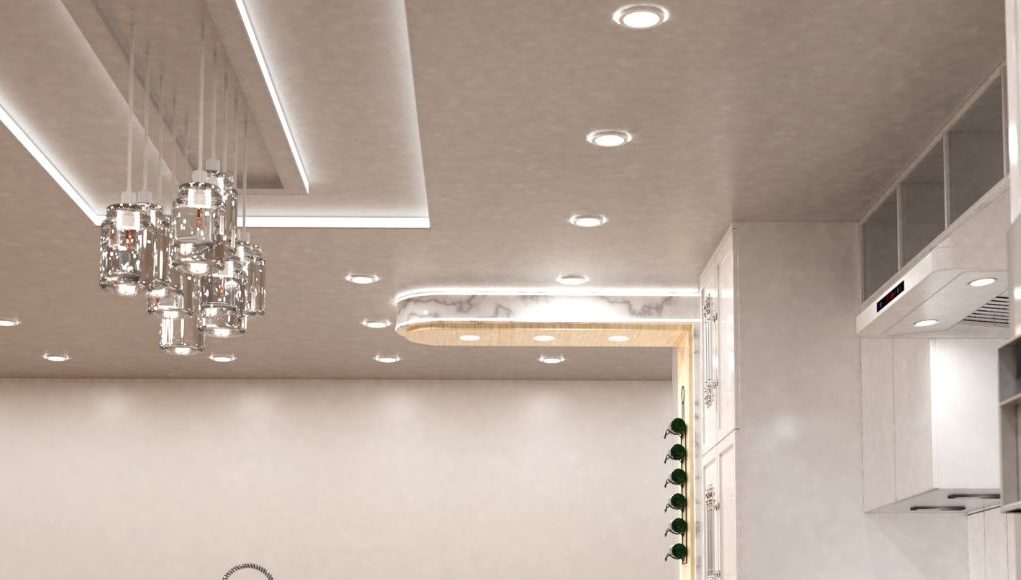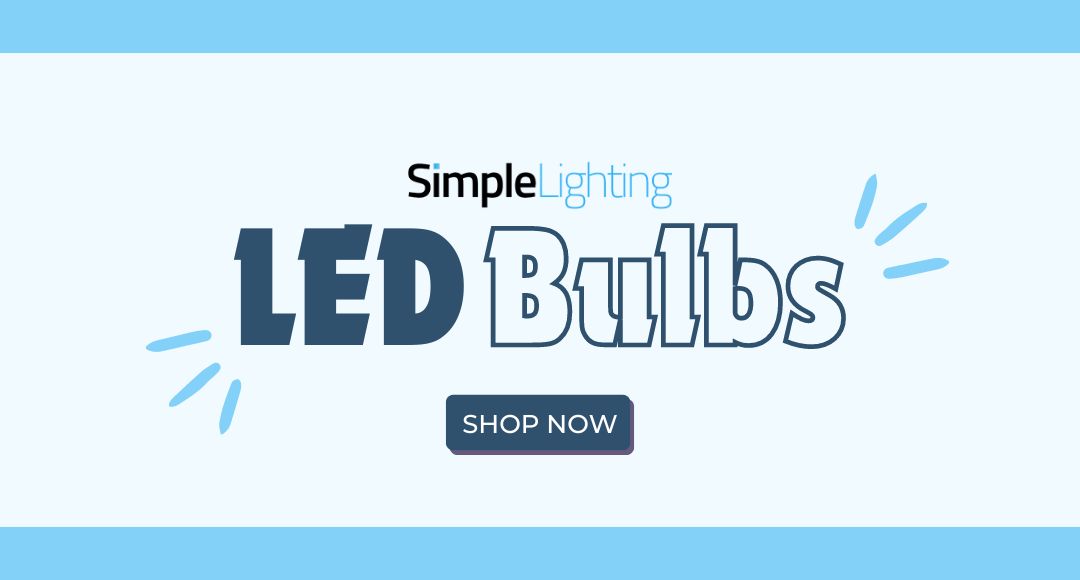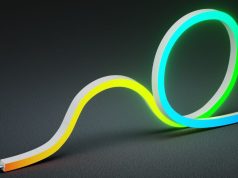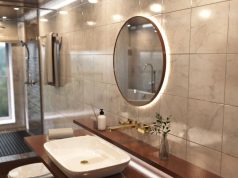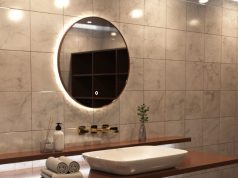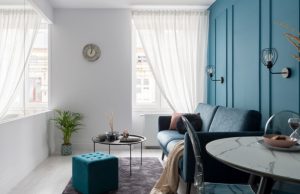Lighting efficiency is necessary for commercial establishments and residential properties. With prices going up, it is not economically sound to not research affordable but high-calibre alternatives. LED lighting is one of the most energy-efficient lighting solutions available. It guarantees high-quality luminance without an extravagant price!
Why Choose LED Lighting for Energy Efficiency?
How is LED lighting more efficient than other lighting solutions? What sets them apart? An LED fitting can transform about 95% of the electricity it consumes into light, with a significantly small portion becoming waste (heat). Because of this phenomenal energy-to-light conversion, this technology can produce outstanding illumination even if it only requires minimal wattage!
It’s the complete opposite when it comes to conventional light fixtures. Most of the electricity they consume ends up as heat, and only a tiny part becomes light. As a result, the more luminance it produces, the more electricity it needs.
Additionally, LED lighting is long-lasting. Its average lifespan is 25,000 to 30,000 hours, whereas an incandescent bulb only lives 1,000 hours. Just imagine how long it will take to use your LEDs and how many replacements you need if you use a non-LED bulb!
Furthermore, LED lights are eco-friendly and cost-effective. They don’t contain harmful chemicals and can help reduce your carbon footprint and waste!
Conducting a Lighting Efficiency Audit
To evaluate if your lighting system is efficient, here’s a checklist you can follow!
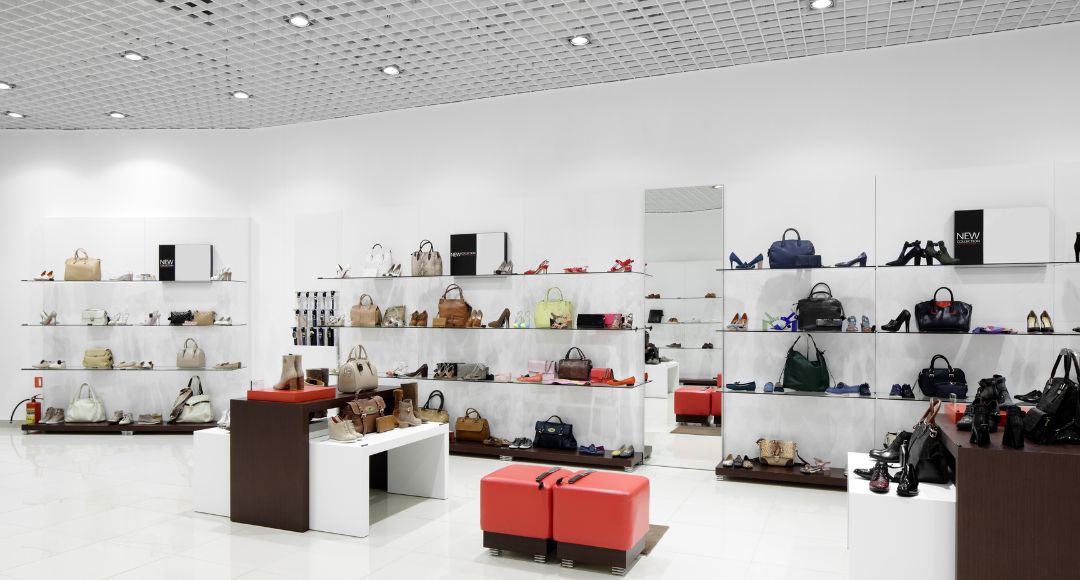
Step 1: Assess Your Current Lighting Set Up
Go around your space and list all the light fixtures you use. From the light bulbs to the strip lights, jot them down. Once you’ve completed your inventory, sit down and review the areas that have high energy consumption. For businesses, it could be the primary office area and lobby. It might be the kitchen, living room and bathroom in your home. Again, write those areas to have a reference to return to.
Step 2: Evaluate Light Quality and Distribution
Review the light quality of each location. Are there rooms that are over-illuminated? Is there a space with dark spots? You must address these situations because over-lighting and under-lighting are both issues that can affect your lighting efficiency and experience!
Step 3: Identify Inefficiencies
Check if there are fixtures that need upgrading, whether they’re old lighting technology or an old LED model. New LED models are more energy-efficient, so if you have the capacity to upgrade, consider doing so even if you already have LEDs in your system.
Creating a Lighting Plan
Now that you have evaluated your space and identified the problems, it’s time to create a lighting plan!
Selecting the Right LED Bulbs and Fixtures
You need to consider three factors when choosing a bulb and fixture: lumens, wattage and colour temperature.
Lumens determine the brightness of a light fixture. The higher the number, the more brilliance you can use. A higher lumen count is ideal for high-traffic areas and task-oriented spaces. Alternatively, a lower lumen count is sufficient for low-traffic spaces and resting zones.
Wattage measures the power consumption of the light bulb and fixture. Many people confuse wattage with the brightness of the fitting. That may be the case with traditional fixtures, but you cannot say the same for LEDs. Since LED fixtures are energy-efficient, they would naturally have a lower wattage than the lumens they produce. So, don’t be surprised if your LED bulbs are only 8.5w. It most likely can produce 806 lumens, perfect for general or task lighting!
Colour temperature describes the appearance of light from a light bulb or fixture. Although there’s a broad spectrum, the most common are cool white (6000K), natural white (4000K) and warm white (3000K). Cool white and natural white are typically used for task lighting and busy areas. Both are stunningly brilliant, and the only difference is that cool white has a bluish tone while natural white doesn’t. Warm white is perfect for ambient lighting and areas where you rest. It has a yellowish tone that creates a cosy and welcoming vibe!
The bottom line is to choose a fixture that supplements your needs. To know which to get, review these three factors! Also, ensure that the fixture will complement your aesthetic and not just your functional needs. It’s better to have a balance between the two!
Incorporating Smart Lighting Solutions
Smart lighting solutions can further enhance the energy efficiency of your lighting system. This technology’s automation and innovative features will guarantee you have what you need without wasting electricity!
Upgrading to smart lighting may take a lot of work because of the cost. However, don’t toss the idea aside. You can slowly integrate it into your system, switching one device at a time. Soon, these small changes will result in your entire space being smart!
Conclusion
LED lighting solutions are the stepping stone to an energy-saving space. They are highly efficient, cost-effective, long-lasting, and eco-friendly! If you cannot upgrade now, start by evaluating your space. Then, when you have the budget and time, you can slowly implement the changes!
If you’re looking for a trusted supplier for your lighting requirements, visit our website, Simple Lighting! Our collection includes indoor, outdoor, and commercial lighting, as well as lighting accessories and smart home devices!


